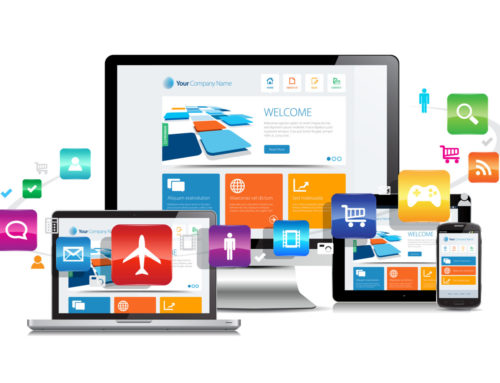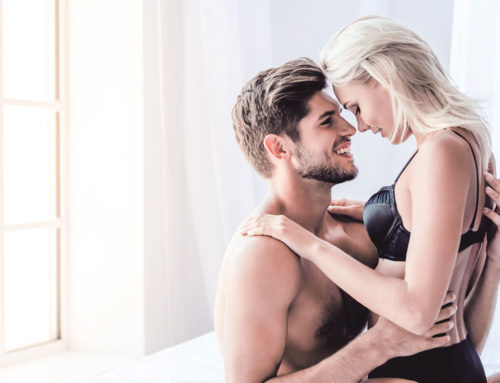Your website is likely the first representation of your business a large percentage of your potential leads will come across. It’s clearly very important. But how important? And how do you make a good first impression with your website?
People think quick
Think about the way you browse. Have you ever navigated to a site, and almost instantly clicked out of it, just because of a vague gut feeling that it wasn’t what you wanted or was of poor quality?
Turns out, visitors to a website have that gut feeling within 50 milliseconds of landing on a page, according to Google research. Their sense of whether a website is worth staying on or not comes from a variety of elements – colours, structure, spacing, symmetry, text, fonts, and images. It can also be affected by whether or not the website is responsive if they’re on mobile.
The better the first impression made by a website, the longer visitors stay on a page. Having a fantastic web design is a great way to get traffic to stay on your site. And though there’s a bunch of different things at play, it can be reduced down to two main ideas.
The main factors
‘Visual complexity’ and ‘prototypicality’ are the two concepts Google’s research has demonstrated affect a visitor’s first impression of a website.
Visual complexity refers to how complex the visual design of a website looks. It’s been found that visitors like websites that have low complexity, with a simple layout and structure. Prototypicality refers to how similar the design of a website is compared to other websites in a similar category.
What this means is that your website shouldn’t be too outside of the square – it’s perfectly fine, and perhaps even preferable, to have a simple website that is familiar for users and easy to navigate.
Tips for great website design
- Good use of colour: don’t try to do too much at once. The best colour designs are ones that pick just a couple of colours – maybe two or three – and then use them consistently throughout the website and on related marketing materials. If your business has a theme which can be expressed in colour – for example, an environmental organisation and green – consider using it.
- Animations and media: use these sparingly, if at all. Use media if it supports your content and provides value and information to a visitor, not just because it’s aesthetically pleasing.
- Layout: again, keep it simple. You want a clear navigational structure throughout your website which makes it easy for people to move from page to page.
- Typography: like with colour, you want your typography to be consistent and logical. Ensure font sizes and colours are easy to read. Use bullet lists, short sentences, and short paragraphs to make things as easy as possible for the reader to digest. And remember the typography hierarchy – you can use bolded text, underlined text, and capitalised text to convey headings, sub-headings and links.


